#african textiles
Photo
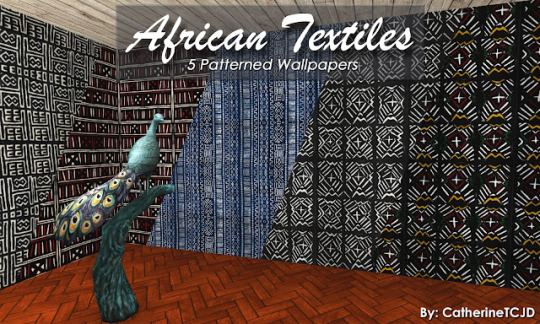
African Textile Wallpapers
~ 2-story-able Walls - a set of 5 walls ~
These (untrimmed) wallpapers come from: MindTheGap.com and were modified for TS2 by CatherineTCJD of Sims Virtual Realty and MTS.
They are 2-story-able (...or for three or four stories!) This set of 5 walls are found in the 'wallpaper' category for $4 each.
See more »
DOWNLOAD @ SFS
Or MTS
PSST: Add your own moulding to the plain paper walls with my Wallpaper Overlays - These overlays let you add whatever moulding you want to your walls.
34 notes
·
View notes
Photo

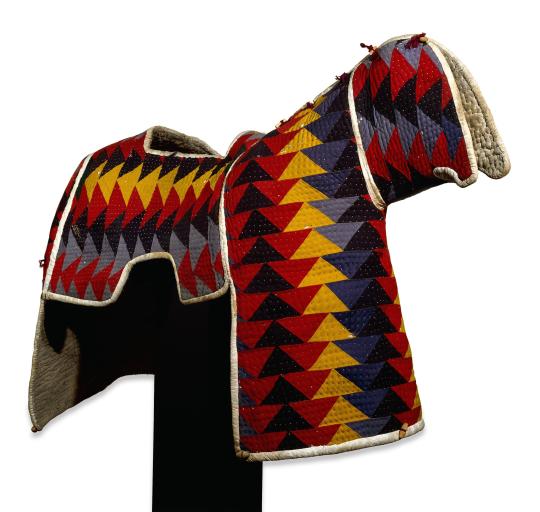





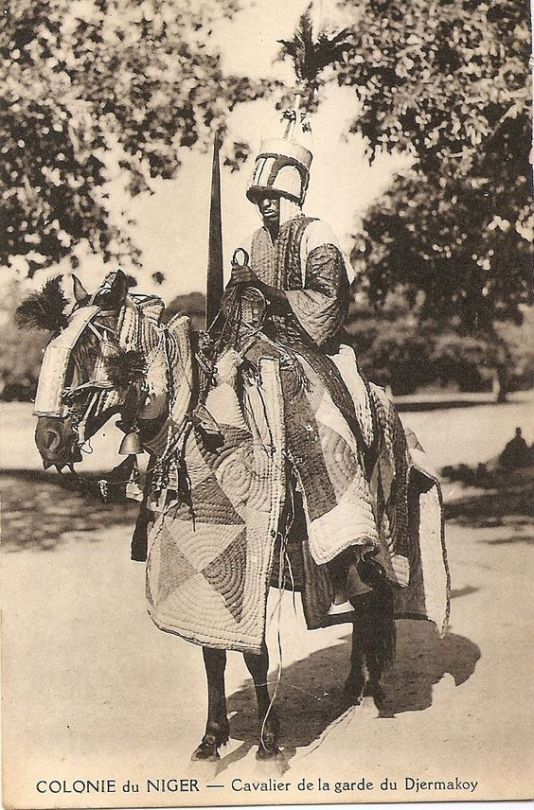
Quilted horse armour from Sub-Saharan Africa, late 19th- 20th century
100 notes
·
View notes
Text


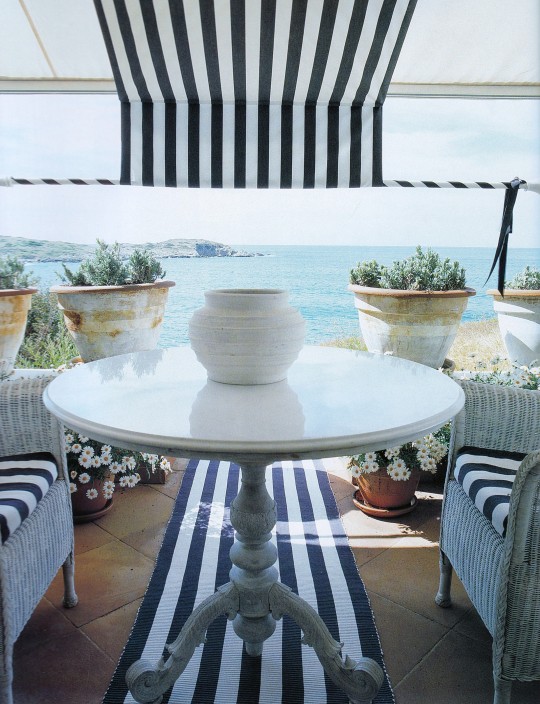
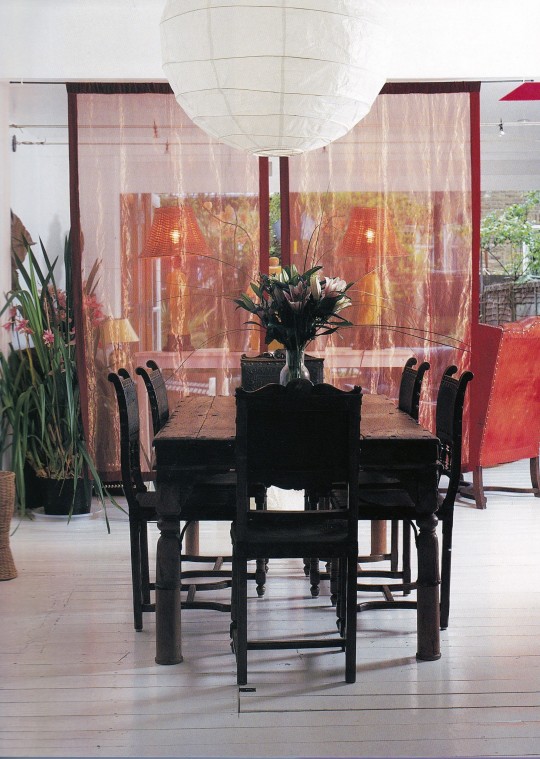
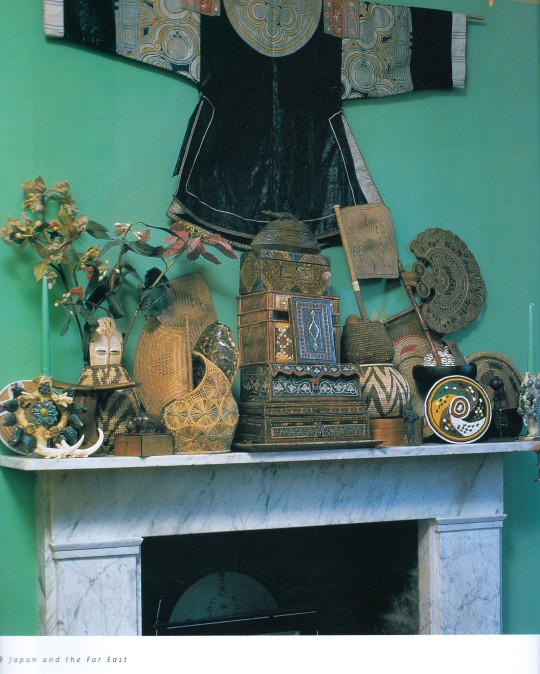
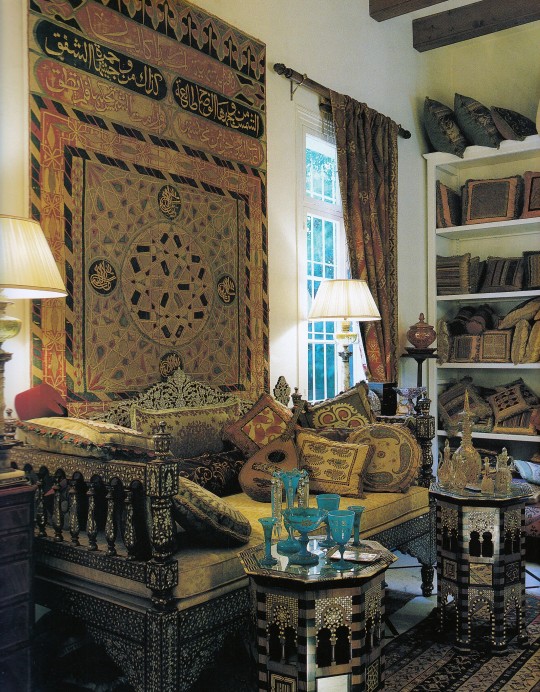
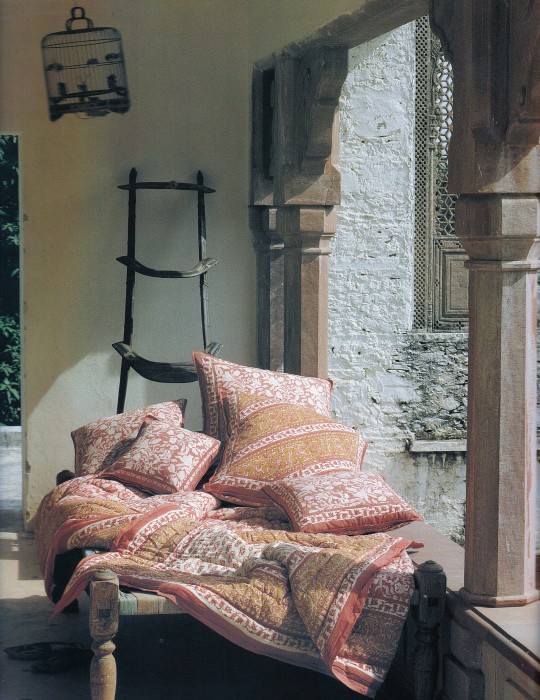


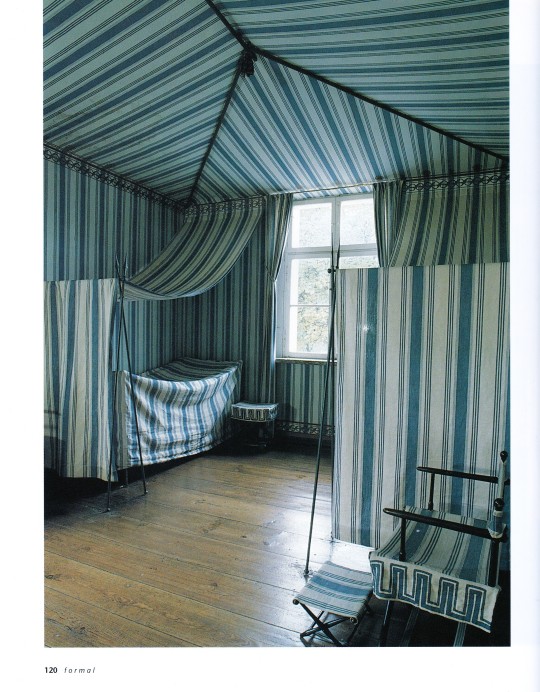


Living with Textiles
Elaine Louie
Mitchell Beazley, London 2001, 144 pages, over 140 colour photos, 24x29cm, ISBN 9781840003871
euro 30,00
email if you want to buy [email protected]
Chinese silks, Egyptian linens, Afghan rugs: every culture recognizes the sensuality and functionality of textiles. Yet, too often their striking contribution to the modern interior is overlooked. Over 140 eye-opening color photos reveal what a wonderful difference they make, draping the walls, covering a bed, upholstering the furniture, warming the floors, softening the lines. Display a small hooked rug as a piece of art, or turn an obi (a kimono sash) into the perfect table runner--you're limited only by your imagination. Every page features a new application for textiles in the home, from hangings to room dividers, as well as information on particular fashions and period effects, including Indian, Japanese, African, French, and English Formal. It's inspiration and information for bringing unique style to your environment.
17/07/23
orders to: [email protected]
ordini a: [email protected]
twitter:@fashionbooksmi
instagram: fashionbooksmilano
designbooksmilano
tumblr: fashionbooksmilano
designbooksmilano
#Living with textiles#chinese silks#egyptian linens#textiles in the home#afghan rugs#indian textiles#japanese textiles#african textiles#french extiles#english textiles#designbooksmilano#fashionbooksmilano
7 notes
·
View notes
Text
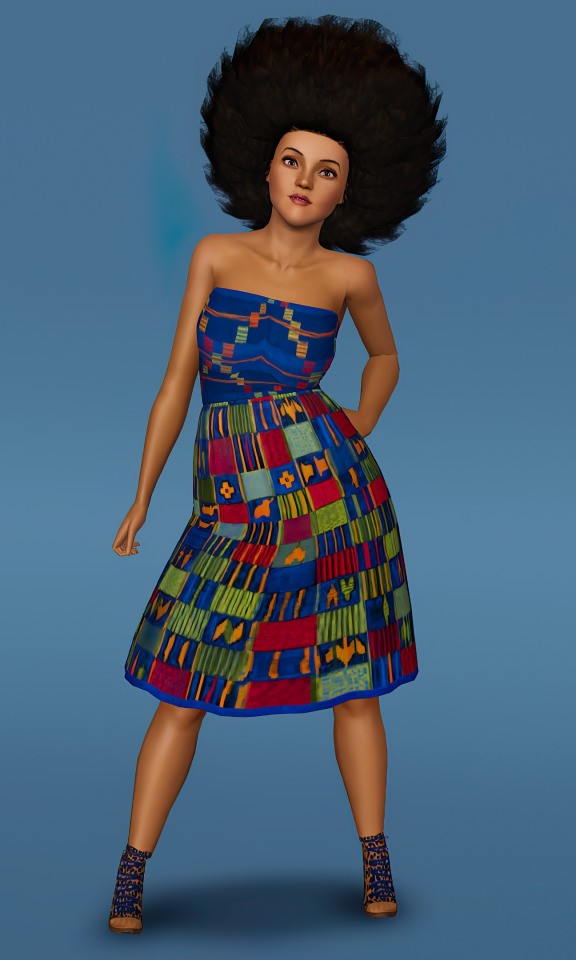

Lately, I have been looking into African fabric designs. Especially in the mid-20th century, there were a lot of weavers who made amazing cloths. I have found images of really pretty vintage cloths which I converted to TS3 patterns. It is a lot of work, since they are not seamless and require quite a bit of photoshopping to get them to work, but the investment is absolutely worth it, don't you think?
The skirt pattern is a ceremonial Kente cloth made by the Ewe people in Ghana. The pattern on the top is an Asante Kente fabric with Ewe influences, also from Ghana. I found these textures on a facebook page with detailed information on the origins of the cloths.
According to this source, there are at least 11 different types of African fabrics, so I have a lot to research 😁
I've mainly looked into Ankara (wax print), Kente (woven) and Adire (tie-dye) fabrics so far.
21 notes
·
View notes
Text

Yinka Shonibare
Ankara Fabric Dress
10 notes
·
View notes
Photo
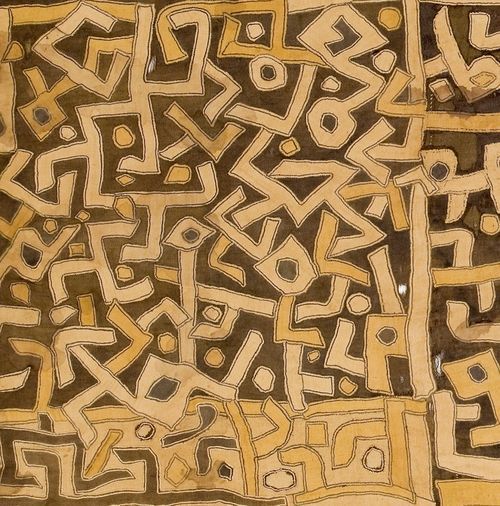
noblewoman’s ceremonial skirt
Kuba | DR Congo
10 notes
·
View notes
Note
INFODUMP GO
African fabric is steeped in rich cultural history – here, we take a little look into where it actually came from.
The industry dates back as far as 5,000 BC when the Egyptians started cultivating flax and weaving it into linen. As the years progressed, weaving developed into a tradition passed down through generations and became a key part of the textile industry in Africa.
Different areas of Africa became famous for different fabrics. The Nubians, who were from the ancient city of Meroe, were well known for producing strong woven textiles, while in Cameroon, there was a tradition of making fabric from tree bark. Other tribes in Africa used things like animal furs, animal skin and feathers.
In time, the materials used to make fabrics evolved, and places like Sudan and other North African communities used natural fibres, such as cotton, palm, wool and silk. Fashion was all about colour, vibrancy, textures, embroidery and applique designs, achieved through handcrafted processes like resist dyeing and batik.
The oldest and most valuable type of fabric in Africa is woven cloth, which is also the most time consuming to make. Kente cloth, a key part of West African heritage, is perhaps the most well-known example, and was worn by high-ranking officials of the Ashanti people in Ghana. It’s a vibrant material made from reds, blacks, yellows, golds and blues, all delicately intertwined to convey historical, cultural or philosophical messages. Each hand woven design is unique and made to order, and colour designs and combinations are unique to the wearer.
Other examples of woven cloth include Mudcloth and Asoke and Akwete, to name just a few.
#//copy and pasted from sikka.com#//mod doesnt know jack shit about fabric history but oc does#thank you for sending an ask ^^#rottmnt oc#rottmnt#oc rp#oc rp rottmnt#oc rp ask blog#oc rp blog#gay oc#african textiles#fabric history
1 note
·
View note
Text
Illustration in Fashion, London freelance illustrator Sandrine Anterrion
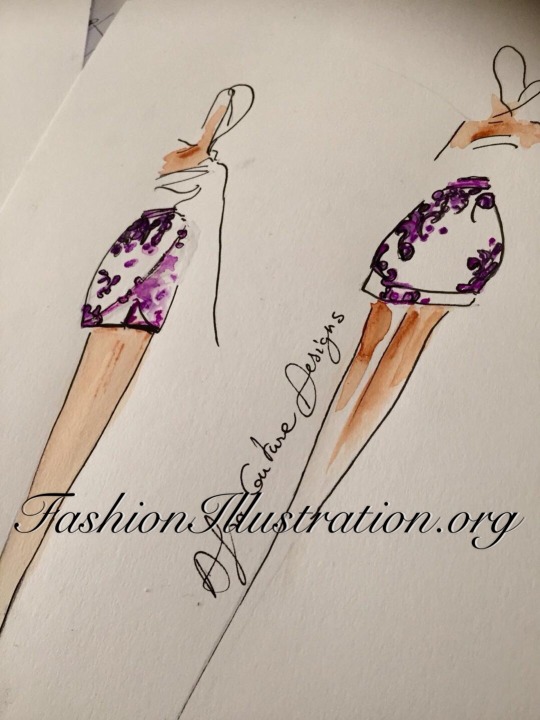
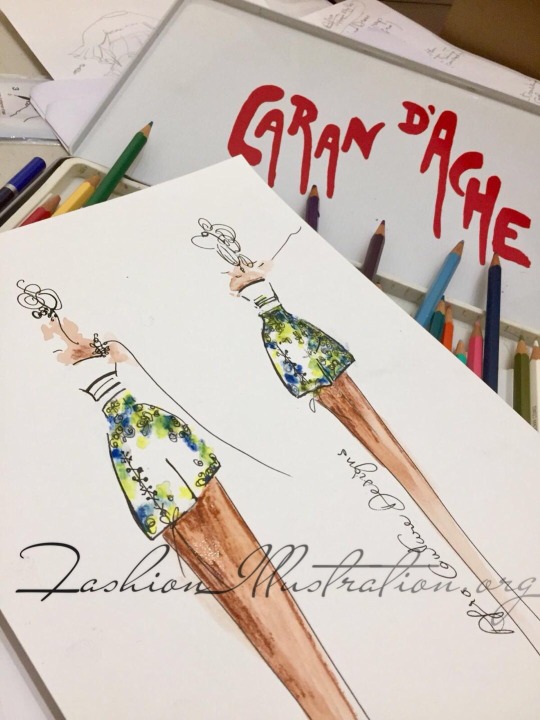
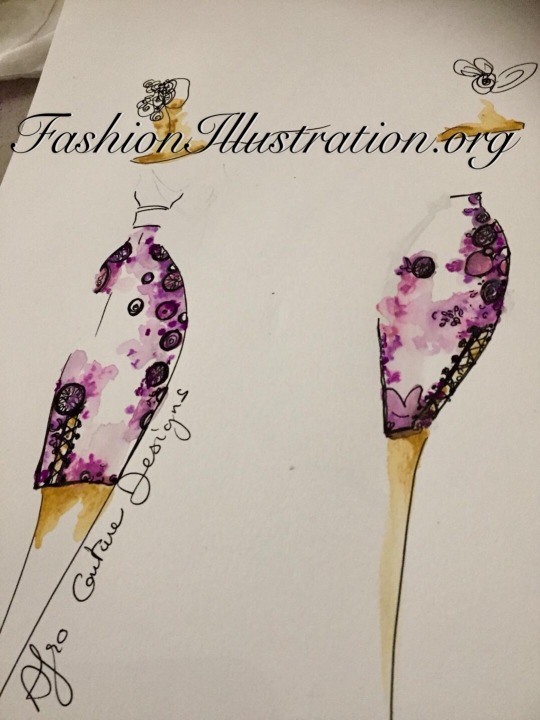

Commissioned illustration work for Afro Couture, lovely client. Promising collection.
Samples.
www.facebook.com/LondonFashionIllustrator
www.FashionIllustration.org
#fashion illustration#Fashion Illustrator#Sandrine Anterrion#London fashion week#african fashion#african textiles#elegance#fashion blog#Ankara textiles#Waxed African textiles
1 note
·
View note
Text
Shop Online African Textiles
Wearing traditional clothes is a perfect way to connect with ancient culture and show off the legacy of being a part of Africa. At Ashione Gallery, we feel proud to be a one-stop-shop for amazing African textiles such as Mud, Kuba, Kente, and more. These are beautiful in design and come in different sizes and colors, with classic signs.
1 note
·
View note
Photo


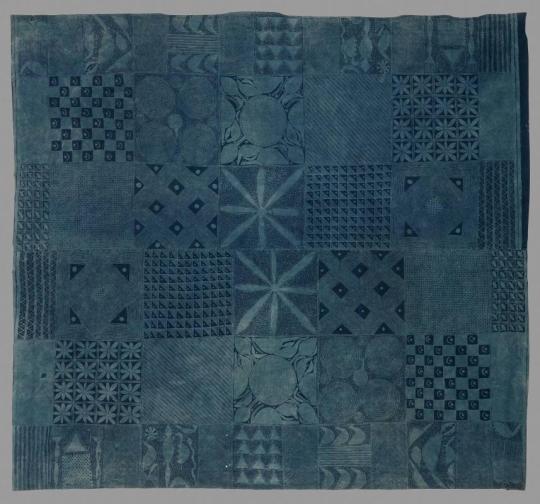
Textiles (wraps) Yoruba Cultural Group, Nigeria
circa 1984
2K notes
·
View notes
Text

A quilt depicting snakes.
Unknown African American Maker, Quilted Bedcover, ca. 1875–1900, cotton top, linen back,
and cotton stuffing.
High Museum of Art
1K notes
·
View notes
Text
Celebrating Black History Month with a selection of artworks and the art history of Black American artists.

Tar Beach Story Quilt • # 1 of 5 in the series Woman on a Bridge • 1988 • Acrylic paint, canvas, printed fabric, ink, and thread • The Guggenheim Museum, New York City
Ringgold’s creates quilts — a traditional American craft associated with women’s communal work that also has roots in African culture. She originally collaborated on the quilt motif with her mother, a dressmaker and fashion designer in Harlem. That Ringgold’s great-great-great-grandmother was a Southern slave who made quilts for plantation owners suggests a further, perhaps deeper, connection between her art and her family history. – The Guggenheim Museum
#art#art history#textile art#faith ringgold#woman artist#quilt artist#story quilts#narrative artwork#mixed media artwork#african american artist#black art matters#black american art#black history month 2024
187 notes
·
View notes
Photo
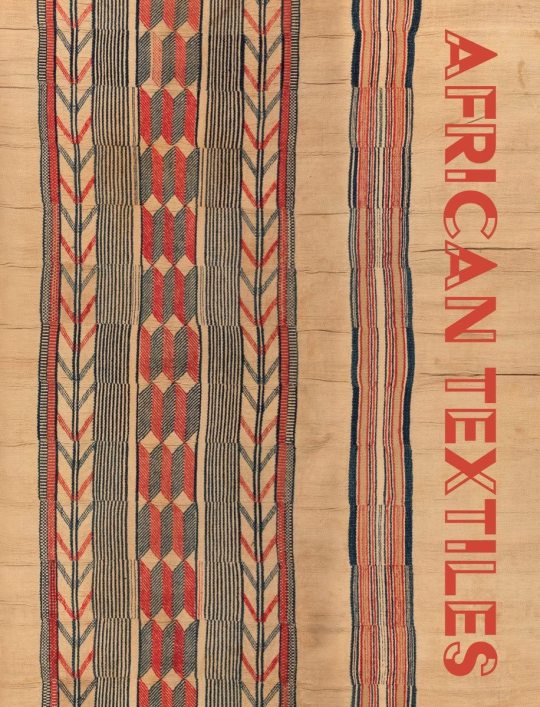









African Textiles
Duncan Clarke, Vanessa Drake Moraga, Sarah Fee
Foreword by Mabatngoup Ly Dumas
Abbeville Publ.Group, New York 2022, 448 pages, 34 x 26 cm., ISBN 9780789214508
euro 132,00
email if you want to buy :[email protected]
The African continent is home to numerous outstanding textile traditions, many dating to antiquity and all playing a multifaceted role in their respective societies: these eye-catching fabrics proclaim wealth and status, convey symbolic meanings, and of course serve a practical function in garments both ordinary and exceptional. This magnificent book conveys the amazing diversity of African textiles, from the geometric-patterned kente cloths of Ghana, to the multicolor raffia skirts of the Democratic Republic of Congo, to the beaded barkcloths once reserved for Ugandan royalty.The authors, all leading experts in the field, examine each region of sub-Saharan Africa and Madagascar in turn, elucidating the aesthetic qualities, cultural significance, and production methods of the most important textile traditions. Their authoritative text is illustrated with over 300 superlative textiles from public and private collections, many reproduced as full-page plates that allow the reader to appreciate each individual fiber.This impressive clothbound volume will be a key reference for students and scholars, an essential sourcebook for designers, and a delight for all art lovers.
18/10/22
orders to: [email protected]
ordini a: [email protected]
twitter: @fashionbooksmi
instagram: fashionbooksmilano, designbooksmilano tumblr: fashionbooksmilano, designbooksmilano
#African Textiles#Kente cloths Ghana#raffia Skirts Congo#beaded barkcloths Uganda#textiles books#fashion books#fashionbooksmilano
10 notes
·
View notes
Text

Joyce J. Scott, Three Generation Quilt I, 1983, mixed media (Artist's Collection)
90 notes
·
View notes
Text

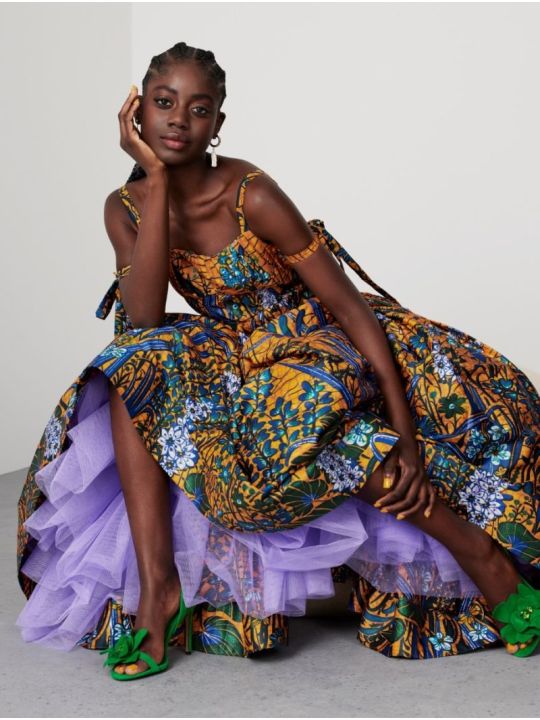
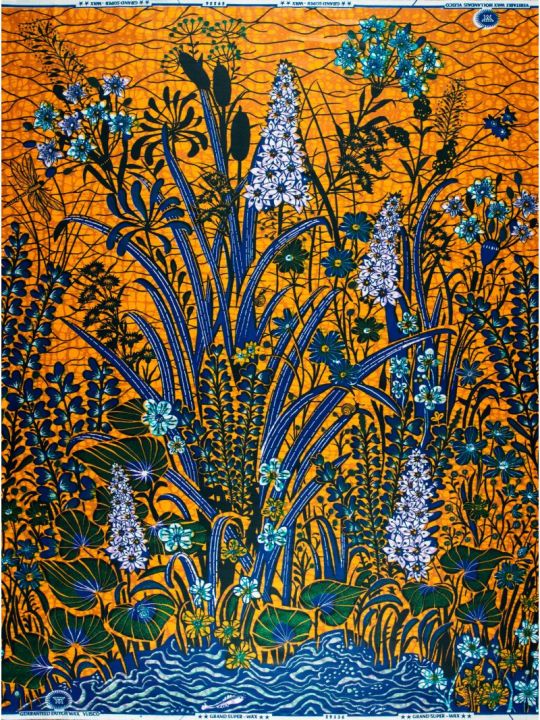


Floral-patterned Grand Super-Wax fabric by Vlisco
'A more exclusive version of Super-Wax, rich in colours and bubbling, and printed with a gloss finish. The most defining (and beloved) feature of a Super-Wax is its duo-colour “bubbling” print effect...
...Grand Super-Wax is a luxurious twist on the original, using Vlisco cotton satin. Grand Super-Wax is made using a highly-unique wax printing technique unlike any other in the world: every piece is created with an unequalled and extraordinary level of care and precision.
First, a design in liquid wax is printed on cotton satin. A base dye such as indigo soaks into the cloth around the wax, leaving behind a deep, intense colour. The magic of the ‘wax-breaking’ during the printing process results in a large, irregular pattern of vein-like bubbles throughout the design.
One single piece of Grand Super-Wax goes through an average of 27 total step before it receives a final gloss finish, and a select number of Grand Super-Wax fabrics are covered from edge-to-edge in transparent glitter.'
#dutch wax#african wax#fashion#dress fabric#pattern#print#vlisco#batik#wax resist#wax print#surface pattern#surface pattern design#pattern design#textile design#textiles#printed textiles#2024#floral#flowers
139 notes
·
View notes
Text

“MAMA NIPE RADHI KUISHI NA WATU KAZI”
English Translation: “Mother give me pleasure, living with people is hard”
48 notes
·
View notes